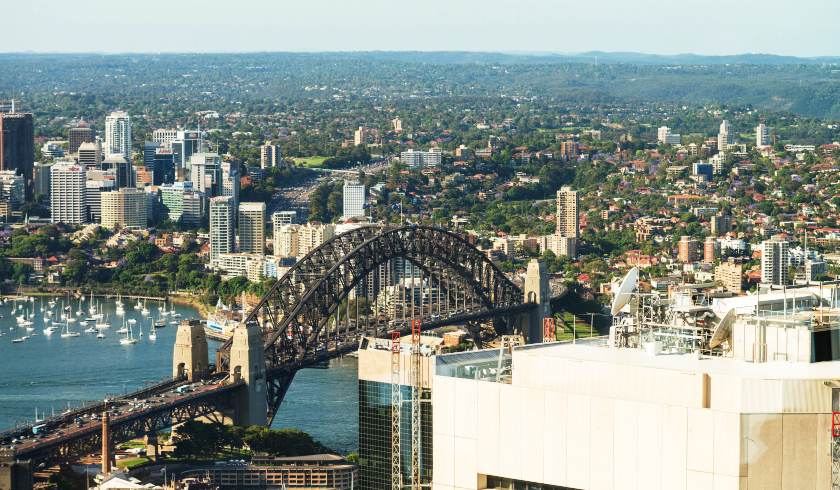Sydney ‘micro-CBDs’ are today’s growth areas
As Sydney continues to witness declines in its property market after experiencing an unprecedented boom, experts believe that opportunities still lie in markets that are further away from the city centre. How can investors maximise opportunities in ‘micro-CBDs’?

When investing in property, a lot of people believe that being in or around a central business district translates to better returns. While this could be true in certain instances, success comes down to adjusting your strategies based on the fundamentals of property investment and the current state of the market.
According to Right Property Group’s Victor Kumar, among the fundamentals that investors should consider when laying out investment strategies are location, population, public transport and other significant infrastructure around the area.
“You've got to adjust your strategy in terms of the distance from the CBD that you're buying and in line with the population.”
“Once you've identified that, then you need to look at your micro-CBDs or the satellite CBDs. If I'm talking Sydney, that would be Parramatta, Campbelltown, Blacktown and Gosforth. It’s not just Sydney anymore because the way our employment has been structured has changed substantially.
“In fact, if you look at the Greater Sydney plan, by 2036, they want every person living within the metropolitan area, that is 1.5 hour from postcode 2000, to be within half an hour travel distance from their potential employment,” Mr Kumar explained.
Aside from the employment opportunities that have been spread out, technology has also allowed people to opt for working remotely and companies to build satellite offices or headquarters across different suburbs.
“You've got to realign the definition of the CBD, because that has actually changed, and you need to adjust your strategy accordingly for each state,” the property expert highlighted.
Beyond Sydney CBD
Sticking with the traditional central business district may have certain benefits, including strong demand, but being merely 10 to 20 minutes away from the city centre could also present some issues for investors.
Right Property Group’s Steve Waters said that the scarcity of land and dwellings would mean that the areas could only house a certain percentage of the population, thus limiting the wealth-creation potential of an investment property.
“That certain percentage of the population is the smallest part of the population because not everybody can work in the city.”
Moreover, the high prices in the city centre have forced some investors and homebuyers to find more affordable alternatives so that they can stay in the market.
In recent times, areas within an hour or so from the major postcodes have shown significant growth, allowing the rise of the micro-CBDs or the satellite cities.
According to Mr Waters: “They're not making any more land, and if we talk about Sydney, you're bound by mountain, sea and national park.”
“People need to have that urban sprawl, so it's just going to happen more and more moving forward.”
Due diligence
At the end of the day, there are opportunities for every investor in every property market, even amid its softening state. For Mr Kumar, success is simply a matter of doing thorough research and due diligence to find the perfect strategy for you.
During the past property boom, Sydney was fueled by industrialisation as most factories and offices were located close to the central business district. Today, though its property market is not at its best, investors can still find opportunities by taking advantage of the diversification brought about by the current technology boom and the upcoming infrastructure boom.
“We've got satellite centres, then the ability to work remote through the technology boom, and then there’s the upcoming infrastructure boom.”
“Australia, at the moment, is spending what probably is the most amount of infrastructure dollars across developed countries. We don't want to speculate on what will happen, so we just want to follow the fundamentals of how things are panning out, and if you look at Sydney, Melbourne and Brisbane, there's fairly significant dollars being spent in terms of infrastructure,” Mr Kumar said.
Overall, investors are strongly advised to formulate strategies that are not only in line with their goals, capabilities and limitations, but also in tune with the current state of the market and the economy.
“If you consider these along with the normal fundamentals that we advocate, you can't go wrong, regardless of where the property cycle is—so long as you adjust the type of property and the strategy that you're undertaking to be in line with the property market itself,” the property expert concluded.
Tune in to the first episode of the third season of Investing Insights with Right Property Group to know more about potential investment opportunities for the coming year.
